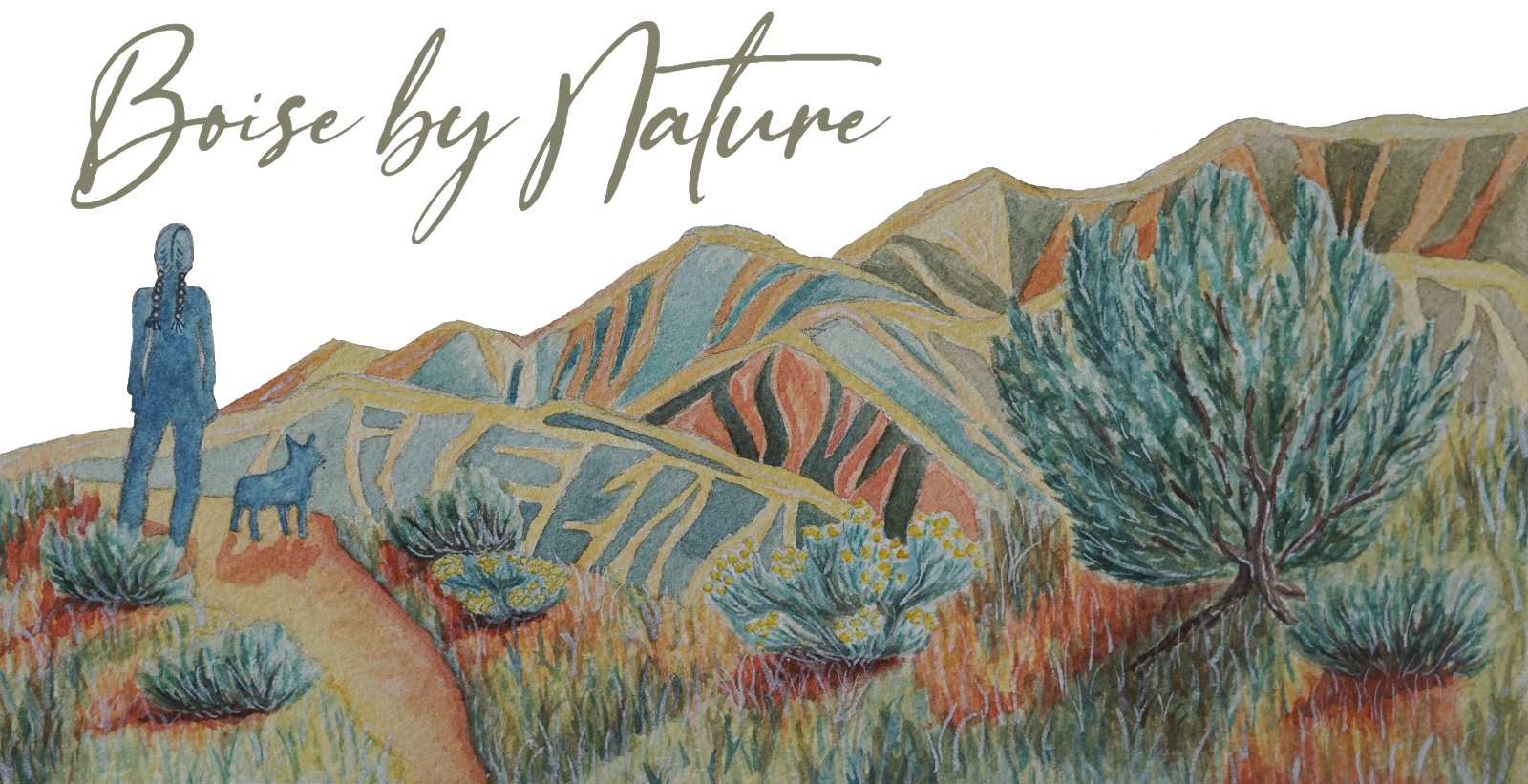I have had the pleasure of living and working in several states across the country, and wanted to share a bit about how the Master Naturalist program works in different states. For this post, I wrote about my experience with the Master Naturalist program in Missouri and Idaho. Read on to learn more!
Missouri
The Missouri Master Naturalist program is sponsored by the Missouri Department of Conservation (MDC) and the University of Missouri Extension. There are twelve chapters across the state, and the program welcomes those who do not have a chapter nearby to start a new chapter. The basic training course is at the chapter level and involves 40 hours of basic training. After the basic training course is completed, students are considered Master Naturalist "trainees" and must complete eight hours of advancing training and 40 hours of volunteer service each year to be a certified Master Naturalist. MDC and MU Extension Staff serve as advisors to each chapter.
I had a very positive experience in this program. My chapter conducted the basic training course once per week over the course of four months, and classes were taught at night so that those who worked could also participate. In addition to weekly classes, we also had several weekend all-day field trips to different conservation areas. These field trips helped us solidify what we were learning in the classroom through wildflower identification, geology lesson, wetland bird treks, and more. All of the classroom and field-based sessions were led by extremely knowledgeable and professional MDC employees, Master Naturalist volunteers who had already completed the initial training, and other community experts. Learn more about the Missouri Master Naturalist program here.
Idaho
The Idaho Master Naturalist program is sponsored by Idaho Department of Fish and Game. There are nine chapters statewide in eight different locations (including two chapters in Boise). There are five areas of conservation that the program's training and volunteer efforts focus on: Citizen Science, Conservation Education, Administration, Habitat Stewardship, and Chapter Formation & Maintenance). This program requires 40 hours of basic education followed by 40 hours of volunteer service per year. Each chapter provides specific guidance on what organizations Master Naturalists can work with to gain volunteer service hours. Learn more about the Idaho Master Naturalist program here.
I hope this description of the Master Naturalist program in different states inspires you to research educational opportunities in your home state!



Comments
Post a Comment